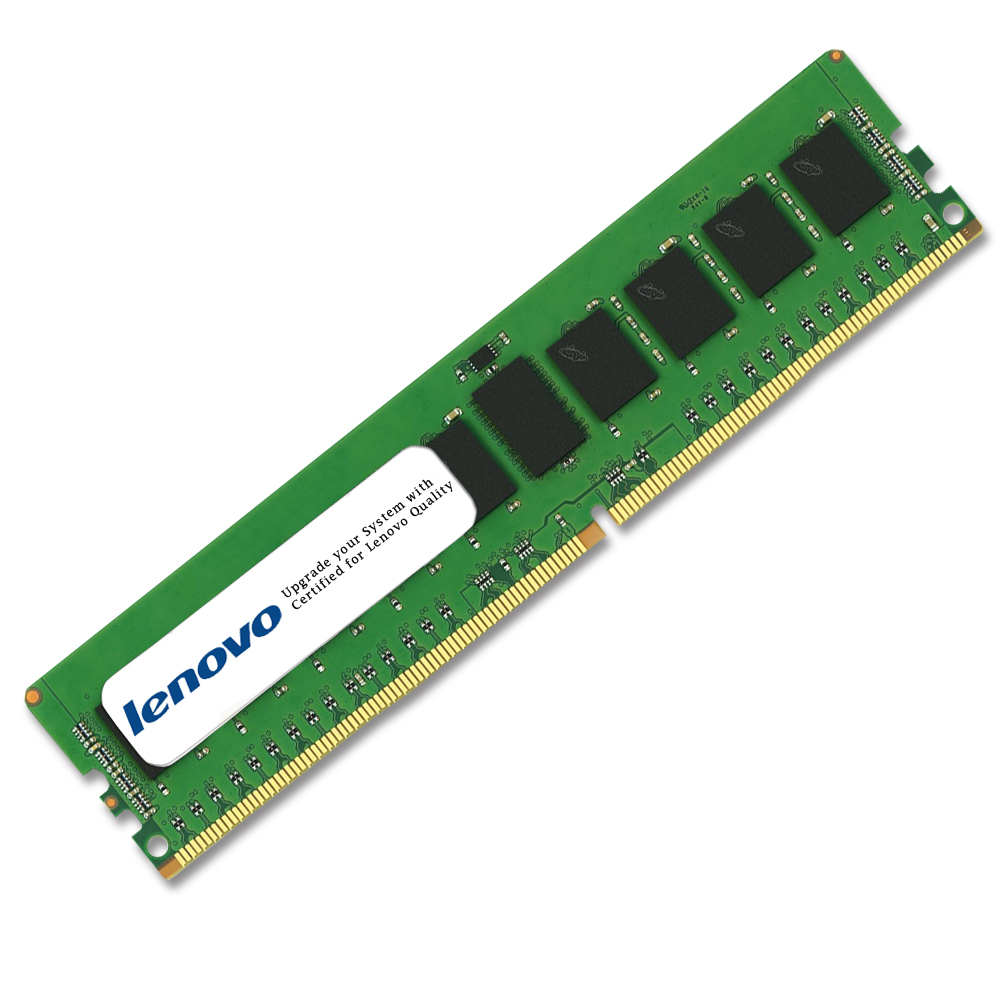
In these cases, you’ll typically find the part number, which you can then look up with your favorite search engine to figure out the rest of the specs. Typically, these labels will either be a sticker applied directly to the stick of RAM, engraved onto the fancy heat spreader on higher-performance modules, or may be printed directly onto the circuit board. Most consumer RAM modules will come with a label to identify the type of RAM it is. This should provide a sorted list of information about your memory devices, aka your RAM, including size, types, and manufacturer information. You can find virtually all of the information shown above via your Linux terminal by using the following command: You may need to expand the “SPD” drop-down in order to get more specific information about the RAM depending on what you’re trying to find. In there, you should find virtually all of the RAM and memory information you’d need. In Speccy, you’ll want to go to the “RAM” view from the left menu. Much of the above information is also available with the help of some third-party software, such as CPU-Z and Speccy.

Configuredclockspeed relates to the speed at which your RAM is currently configured to be running at.Speed is the supported memory speed value that your RAM module indicates it can support, which is typically anywhere between 8.



 0 kommentar(er)
0 kommentar(er)
